First Look: Nvidia's Next-Gen Ion Graphics Chip
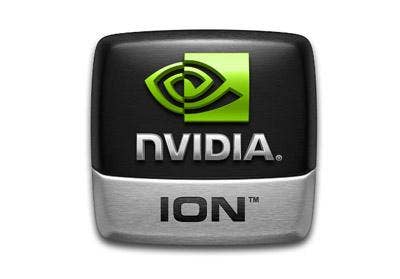
Nvidia's latest Ion graphics processor delivers 10 times the performance of the previous generation of netbook-targeted Ion chips, according to the graphics chip maker. The Santa Clara, Calif.-based company officially launched its next-generation Ion GPU this week at the CeBIT computer expo in Hannover, Germany, along with several Ion-based systems from top computer makers around the world. Click ahead to see what all the fuss is about.
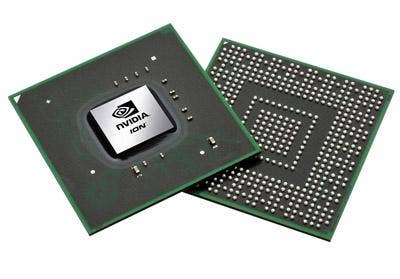
Nvidia gave U.S. media a sneak peak of the new Ion chip and some products built around it in February. The new GPU marks Nvidia's transition from 65-nanometer process technology to 40nm, resulting in a die that's 40 percent smaller than the first generation of Ion chips, according to David Ragones, director of product marketing for ION/GeForce at Nvidia.
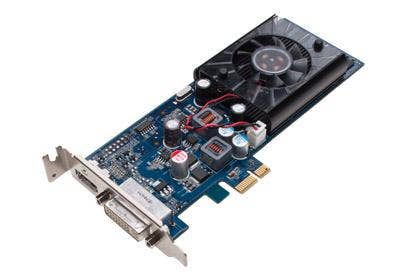
One big new development for Nvidia is that it's now packaging Ion in discrete graphic cards. The company had a pair of discrete Ion boards on hand at the February media pre-briefing in San Francisco, while also showcasing some netbooks, ultra-small desktops and all-in-on PCs using the new GPU from the likes of Asus, Acer, Lenovo and Zotak. Why go with Ion? Media acceleration to the tune of four times faster video enhancement and seven times faster video conversion, according to Nvidia's Ragones.
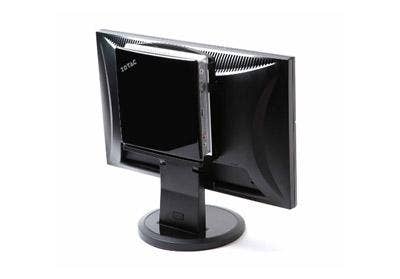
Ultra-small desktops, also known as nettops, are a form-factor fit for Nvidia's next-generation Ion chip. The Zbox HD-1D11 from Zotac is a slim little number sporting the latest Pinetrail-class Atom processor from Intel and, of course, the new Ion GPU with 16 CUDA cores and 512MB of DDR3 memory. Zotac, one of the first components makers to offer motherboards configured for the previous Ion chipset, will be offering the new Zbox as a barebones PC to its system integrator channel. Pricing and availability remains undetermined.
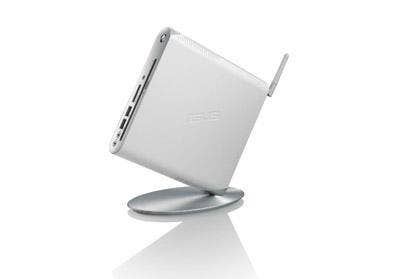
Asus calls the design for its EeeBox PC EB1501 nettop "ballerina-inspired." Fancy. This graceful little space-saver has a dual-core Intel Atom N330 and full HD 1080p video playback courtesy of, you guessed, Nvidia's next-generation Ion graphics. As with the Zotac Zbox, this unit can stand alone or be mounted on the back of a monitor. The EeeBox PC EB1501 is available now with Microsoft Windows Home Premium at prices in the $460 range.
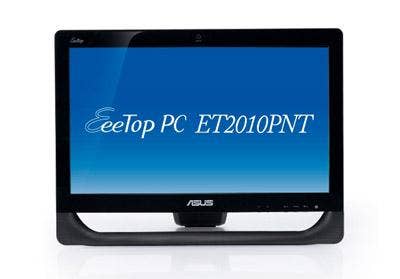
Another popular form factor for new Ion-based systems is the all-in-one PC, like the Asus Eee Top PC ET2010PNT being shown at CeBIT this week. This all-in-one features a touchscreen display and is powered by Intel's dual-core Atom D510 chip and Nvidia's latest graphics processor. Nvidia's David Ragones says the chip maker is is positioning Ion for "media-savvy" consumers who want measurably better graphics performance than they'll get from Atom-based systems only using Intel's integrated graphics.
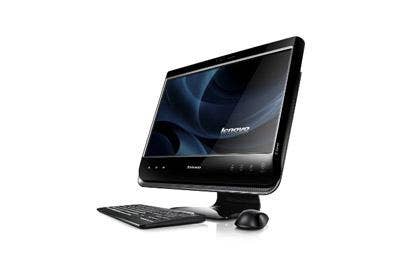
Here's another Ion-based all-in-one PC, the Lenovo C200. Lenovo is showing off this touchscreen system at CeBIT, but not many more details about it are available. So we might as well use this space to talk about Ion -- as a discrete product, this second-generation GPU is likely to prove less threatening to Intel than its predecessor, a motherboard graphics chipset that was meant to replace Intel's own graphics parts on Atom motherboards. That could translate to more design wins for Nvidia, which promises that more than 30 Ion-based systems will be shipping by summer.
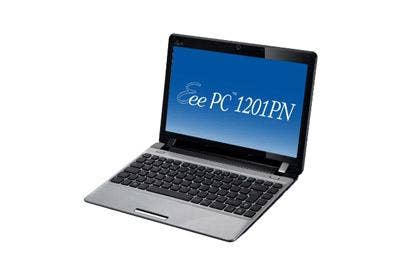
You didn't think we'd leave the netbooks out, did you? Nettops and all-in-one PCs are nice, but it's this category of ultra-small laptops that created such a vibrant market for low-voltage CPUs from Intel and the first generation of Ion graphics from Nvidia. This 12.1-inch number from Asus, the Eee PC 1201N, pushes the envelope as to a how large a netbook can be and still be considered a netbook. It's built around Intel's Atom N450 chip and features next-generation Nvidia Ion graphics, and sports a 160GB hard disk drive and 1GB of RAM. We await news of pricing and availability.
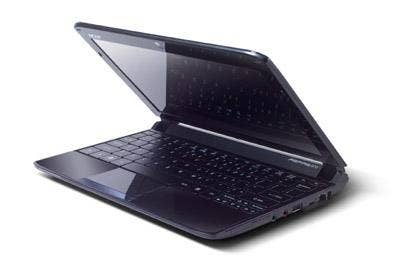
The Acer Aspire One 532G netbook, set to start shipping before March is out, houses an Intel Atom N450 CPU and the latest Ion graphics from Nvidia. Acer is promising up to 10 hours of battery life on the Aspire One 532G. How is that possible with discrete Ion graphics sucking up power, you ask? Well, Nvidia's new Optimus switchable graphics technology automatically shuts off the discrete graphics when it's not needed -- meaning that, yes, you'll achieve that super-long battery life on this netbook, so long as you spend hours and hours at a time NOT doing all the cool visual computing that convinced you to buy an Ion-based netbook in the first place. Make sense?